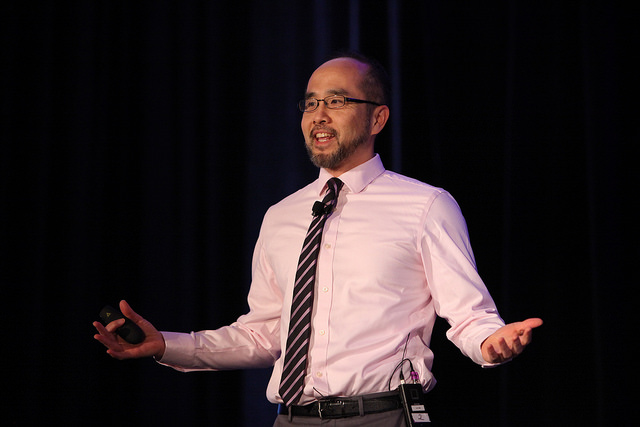Role models: a hokey concept from middle school, right? Well, maybe. When you’re getting ready to tackle college math (whatever level you’re at) it can be surprisingly useful to educate yourself about some mathematical role models from history and today!
- Reading about role models has been shown to help combat stereotype threat, the secret saboteur in your own mind if you’re a woman or person of color doing math in the US.
- Learning about mathematical role models helps you learn about math! What do these people care about? Why? How did they learn about it? The math you get in school is the “dead butterfly board” of mathematics; your math role models caught live butterflies in the wild!
- Learning a little history helps you combat the erasure of stories and histories that always happens over time. Somehow reading about modern women doing math you get the idea that no woman ever did math before; reading about modern black mathematicians you get the idea that no black people ever did math before. It seems like it’s a big deal — and hard, and maybe too hard. But people from all backgrounds have been very successful in math for hundreds of years. It’s not new, and it’s still wonderful.
- Besides, these are really interesting people!
A few examples: I’m teaching about Taylor series for trig functions right now. Great — they’re named for Brook Taylor (see comment below) who wrote about them in 1715 in England. But even in Britain, it’s a Scottish guy, James Gregory, who actually came up with them. And both these guys were about 300 years after a guy named Madhava of Sangamagrama, an astronomer and mathematician who started the Kerala school of astronomy and math in India. A few hundred years before Europeans got really comfortable with the concept of infinity, he was playing around with series and found series expansions for sine, cosine, and arctangent, as well as a series that gives pi. Why the heck was he doing this in around 1400? Astronomy! There were a whole bunch of mathematicians and astronomers in Kerala working on this, for similar reasons to the Mayans: the urge to understand time and space, coming both from religious and time-keeping reasons.
Madhava was pretty advanced, figuring out series expansions for arctangent in 1400 in India, but he wasn’t alone. Around the same time a guy named Janshid al-Kashi was also approximating pi with series. He grew up near what is today Iran, and then got a great job as lead astronomer and mathematician in Samarkand (in today’s Uzbekistan). Samarkand is one of the oldest cities on the Silk Road and it’s so beautiful…

Europe started dealing with infinite series and calculus in the 1600s — we all know about Newton and Leibniz, and they’ve got really cool stories too. (Much more interesting guys than you might think!) Maria Agnesi wrote the first book covering both differential and integral calculus in 1748. She was Italian and very religious; ended up being a nun and devoting her life to charity after doing math and astronomy for a while. In 1759 Emilie du Chatelet published her translation of and commentary on Newton’s Principia Mathematica. She had also done a lot of work on philosophy, optics, heat, light, and kinetic energy, corresponding with Bernoulli and Euler. At the same time, she had an arranged marriage with some French nobleman, had a (pretty public) affair with the philosopher Voltaire, then fell in love with a poet — and she had three kids. Not only that, she invented a concept pretty close to that of modern financial derivatives when she had to raise a lot of money really fast after losing a fortune to cheating card sharks during one epic night of gambling. Me, I’m impressed and inspired she had time for all that.
For more recent inspiration, you of course can watch the movie “Hidden Figures” about the women who did the computations to get the US to the moon. Women have been instrumental in American and British government math since before World War II (check out the “computers” of Bletchley Park, helping crack Enigma) and made the transition to math with electronic computers really well, helping to establish the basis of computer programming too. The second black woman to get a math PhD in the US is a good example: Evelyn Boyd Granville worked on Project Mercury and Project Vanguard for NASA and then was a senior mathematician at IBM, right at some of the most transitional times in computer technology, before moving to academia. Imagine her motivations — are they so different than Madhava’s or Janshid’s? Or the Mayans? There are always practical motivations — a job that pays well, figuring out the date of the next eclipse or the location of a particular satellite — but what it comes down to for all of us in the end is the curiosity that gets under our skin once we get started on a problem. Maybe you’ll find that in math, even if you don’t expect it, and maybe somewhere else, but it’s one of the things that makes life worth living!
Brook Taylor is his own cautionary example. The poor man died really early, but the Wikipedia page on him says that he is less famous than he could be because he couldn’t express his ideas through writing “fully and clearly.”
photo by Ekrem Canli under https://creativecommons.org/licenses/by-sa/3.0/


